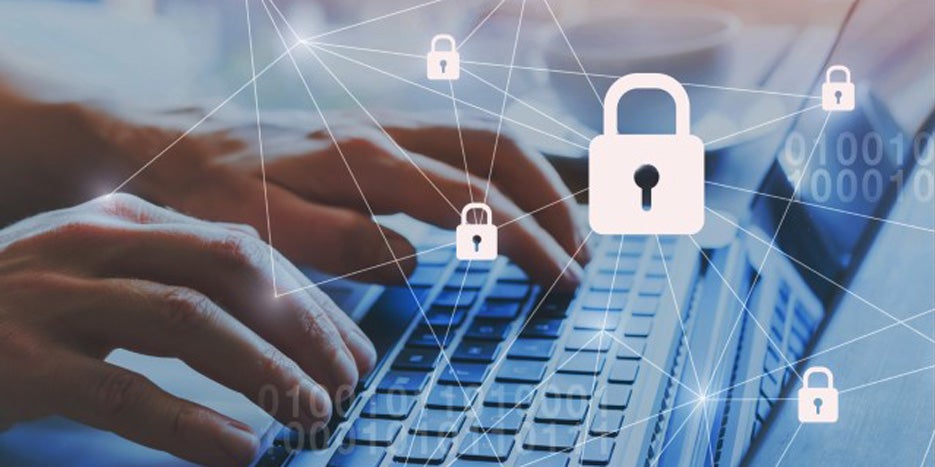15 Budget-friendly Cybersecurity Tips for Schools
Your organization’s finance professionals make tough, sometimes unpopular, decisions come budget season. Funneling funds to one initiative could mean scaling back, postponing, or eliminating other initiatives. Here are 15 tips that will help fortify your digital defenses without busting your budgeted.
1. Identify Security Gaps
The first step in improving your network is to identify your weaknesses via a vulnerability assessment. This can be done independently, or you can get help from CISA or DIR.
2. Vet Your Vendors
Approximately 75% of all K-12 data breach incidents in the U.S. were the result of security incidents involving school district vendors and other partners. Vet your vendors to ensure they're reputable and committed to protecting your data.
3. Leverage Data Protection Agreements
Data protection/privacy agreements can go a long way in ensuring that companies you do business with value your sensitive data as much as you do.
4. Back Up Your Data
Back up your data regularly and ensure that backups are viable. New ransomware hunts for on-premise backups to lock up, so consider off-site, off-line, or powered-down data backups for better protection.
5. Don’t Take the Bait
Fraudulent instruction attacks steal millions from districts. Protect your district’s funds by verifying requests to change direct-deposit or financial routing numbers before acting.
Related Resource: Share this phishing cheat sheet with your finance professionals.
6. Patch Your Software and Firmware
Install updates and patches to your anti-virus, operating systems, and other software platforms as soon as they are available. You’re only as secure as your most recent update, so implement a policy (automated or manual) for routinely running updates. The same goes for your physical hardware, which runs on firmware. Like software, firmware requires routine updates and maintenance.
7. Don't Trust Everything You See
Artificial intelligence is making social engineering attacks easier by aiding attackers in impersonating the voices and even faces of familiar people. Teach your team to navigate AI-powered risks.
8. Enable Multi-factor Authentication (MFA)
Enable MFA on business and personal accounts to receive authentication codes via SMS or secondary email.
9. Use a VPN for remote work
Make sure your home Wi-Fi is on the latest security standard and that it is password protected. Avoid doing sensitive business on unsecured or public Wi-Fi. If you must use public or unsecured Wi-Fi, it’s important to use a virtual private network (VPN). VPNs provide a layer of encryption that could prevent network compromise.
10. Embrace Zero-Trust
A zero-trust model means that no user or device can be trusted by default within a network. Zero-trust is becoming a dominant network model to help avoid cyberattacks.
11. Implement Endpoint Detection/Network Response (EDR)
EDR is a sophisticated cybersecurity platform that monitors and protects every device in your network and helps prevent infection. If your district has fewer than 50,000 students, you can get EDR at no cost from TEA.
12. Defend Against DDOS Attacks
Distributed denial of service (DDOS) attacks happen when hackers flood a website or server with too many requests for the system to handle. Often, public security utilities like the low orbit ion cannon are used in these attacks. Block the IP ranges associated with these platforms to protect your network.
13. Manage Administrative Privileges
Hackers who gain access to your system can’t do much without administrative privileges. Privilege-access management tools will help you maintain control of who can do what in your network, and possibly prevent a costly cybersecurity incident.
14. Protect Cloud Storage
Many organizations are moving their storage and other services to the cloud due to affordability and ease of use. Use an identity and access management utility to ensure only invited guests have access to your cloud space.
15. Implement an Acceptable Use Policy
Make sure staff knows your expectations for safe use of technology by developing and promoting an acceptable use policy (AUP).
Stay One Step Ahead of Cybercriminals
By implementing these budget-friendly cybersecurity tips, schools can boost their digital defenses without straining their finances. Remember that cybercrime constantly evolves. You can stay one step ahead of criminals by tapping into Fund resources and fostering a culture of cyber-awareness.
Editor's note: This article was originally published in November 2021. It has been updated for accuracy and comprehensiveness.
You May Also Like…
View All Related Insights
The Basics of School Fleet Management
Your community relies on your district's vehicles, so take care of your buses, trucks, and cars with these fleet management basics.

Want to Worry Less About Data Breaches?
The accidental release of sensitive information can tarnish your organization’s reputation. Data loss prevention tools help ensure that when employees make mistakes, technology has your back.

Protect Your Fleet With a Preventative Maintenance Plan
If you want to protect your vehicles and their passengers, you need an effective preventative maintenance plan.

Fund Coverage 101: Intro to Cybersecurity Claims
Cybercrime is big business, and schools are tempting targets. Fund Privacy and Information Security coverage pays for covered claims, including incident response when appropriate.
